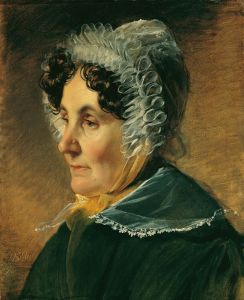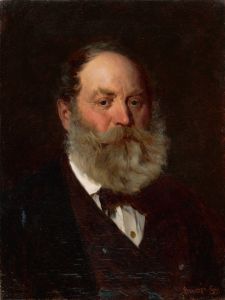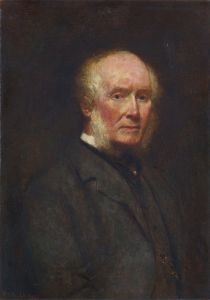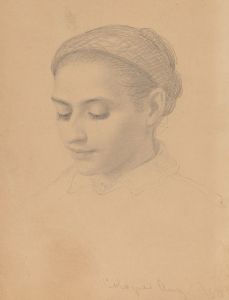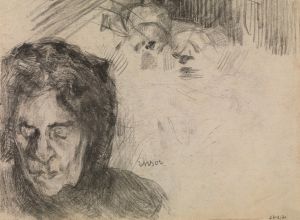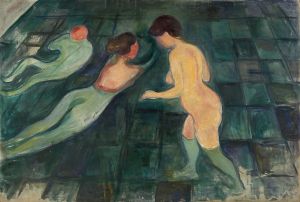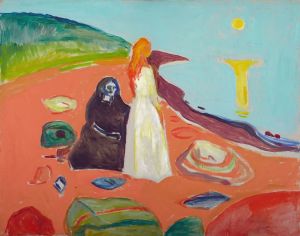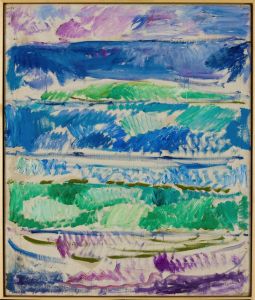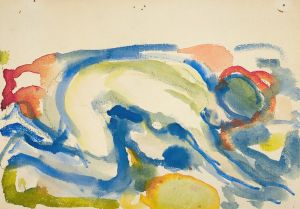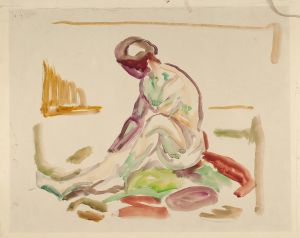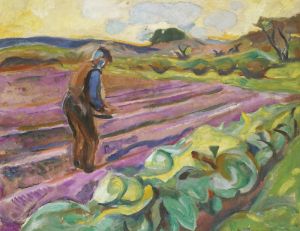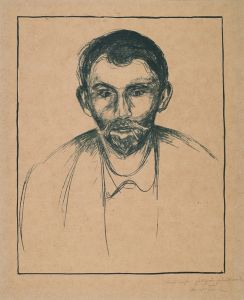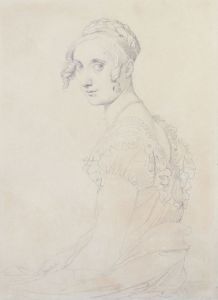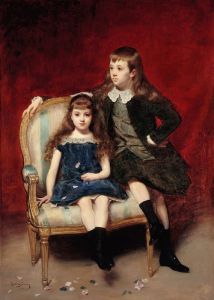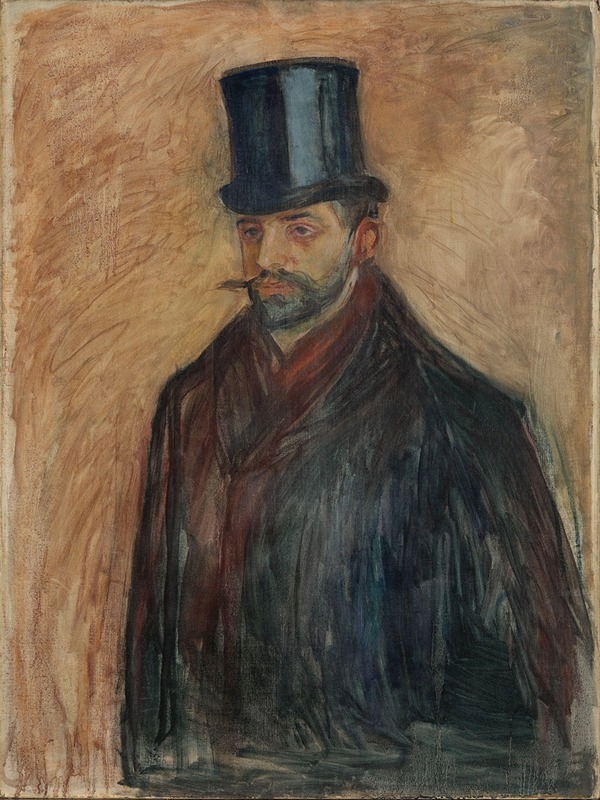
Julius Meier-Graefe
A hand-painted replica of Edvard Munch’s masterpiece Julius Meier-Graefe, meticulously crafted by professional artists to capture the true essence of the original. Each piece is created with museum-quality canvas and rare mineral pigments, carefully painted by experienced artists with delicate brushstrokes and rich, layered colors to perfectly recreate the texture of the original artwork. Unlike machine-printed reproductions, this hand-painted version brings the painting to life, infused with the artist’s emotions and skill in every stroke. Whether for personal collection or home decoration, it instantly elevates the artistic atmosphere of any space.
Julius Meier-Graefe by Edvard Munch is a portrait painting created by the renowned Norwegian artist Edvard Munch. The painting depicts Julius Meier-Graefe, a significant figure in the art world, known for his work as an art critic and historian. Meier-Graefe was a pivotal advocate for modern art in the early 20th century and played a crucial role in promoting the works of artists such as Vincent van Gogh, Paul Cézanne, and Edvard Munch himself.
Edvard Munch, born on December 12, 1863, in Loten, Norway, is best known for his iconic work "The Scream." His style is often associated with Symbolism and Expressionism, characterized by its emotional intensity and use of vivid colors. Munch's work frequently explores themes of existential angst, love, and death, reflecting his own personal experiences and psychological struggles.
The portrait of Julius Meier-Graefe was painted in 1894, during a period when Munch was gaining recognition in the European art scene. This was a time when Munch was actively exhibiting his works in Berlin and other major cities, establishing himself as a significant figure in the avant-garde movement. The relationship between Munch and Meier-Graefe was mutually beneficial; Meier-Graefe's support and promotion of Munch's work helped the artist gain wider acceptance and acclaim.
In the portrait, Munch captures Meier-Graefe with a contemplative expression, emphasizing his intellectual and introspective nature. The use of color and brushwork in the painting is typical of Munch's style, with bold, expressive strokes that convey a sense of immediacy and emotional depth. The background is relatively simple, drawing attention to the subject's face and upper body, highlighting his thoughtful demeanor.
Julius Meier-Graefe was born on June 10, 1867, in Resicabánya, Hungary, and later moved to Germany. He became one of the most influential art critics of his time, known for his writings and publications that championed modern art. His book "Entwickelungsgeschichte der modernen Kunst" (Development History of Modern Art), published in 1904, is considered a seminal work in the field of art history. Meier-Graefe's support for artists like Munch was instrumental in shaping the public's perception of modern art and fostering an appreciation for new artistic movements.
The portrait of Julius Meier-Graefe by Edvard Munch is not only a representation of an individual but also a testament to the interconnectedness of the art world at the turn of the 20th century. It reflects the dynamic exchange of ideas and the collaborative efforts of artists, critics, and historians in advancing the cause of modern art. The painting remains an important piece in Munch's oeuvre, illustrating his ability to capture the essence of his subjects with psychological depth and artistic innovation.
Today, the portrait is part of various collections and exhibitions, continuing to be appreciated by art enthusiasts and scholars alike. It stands as a reminder of the significant contributions of both Edvard Munch and Julius Meier-Graefe to the world of art, highlighting their enduring legacy in the history of modern art.





